Top 10 Reads of 2018
Managed to squeeze in nearly 30 books for the 2018 reading season. Now, as the year comes to a close, it’s time to whittle those down to my Top 10. It wasn’t easy. I read a lot of great books, some mediocre ones, and frankly, some crap. We’re going to skip the crap and get right to the good stuff.
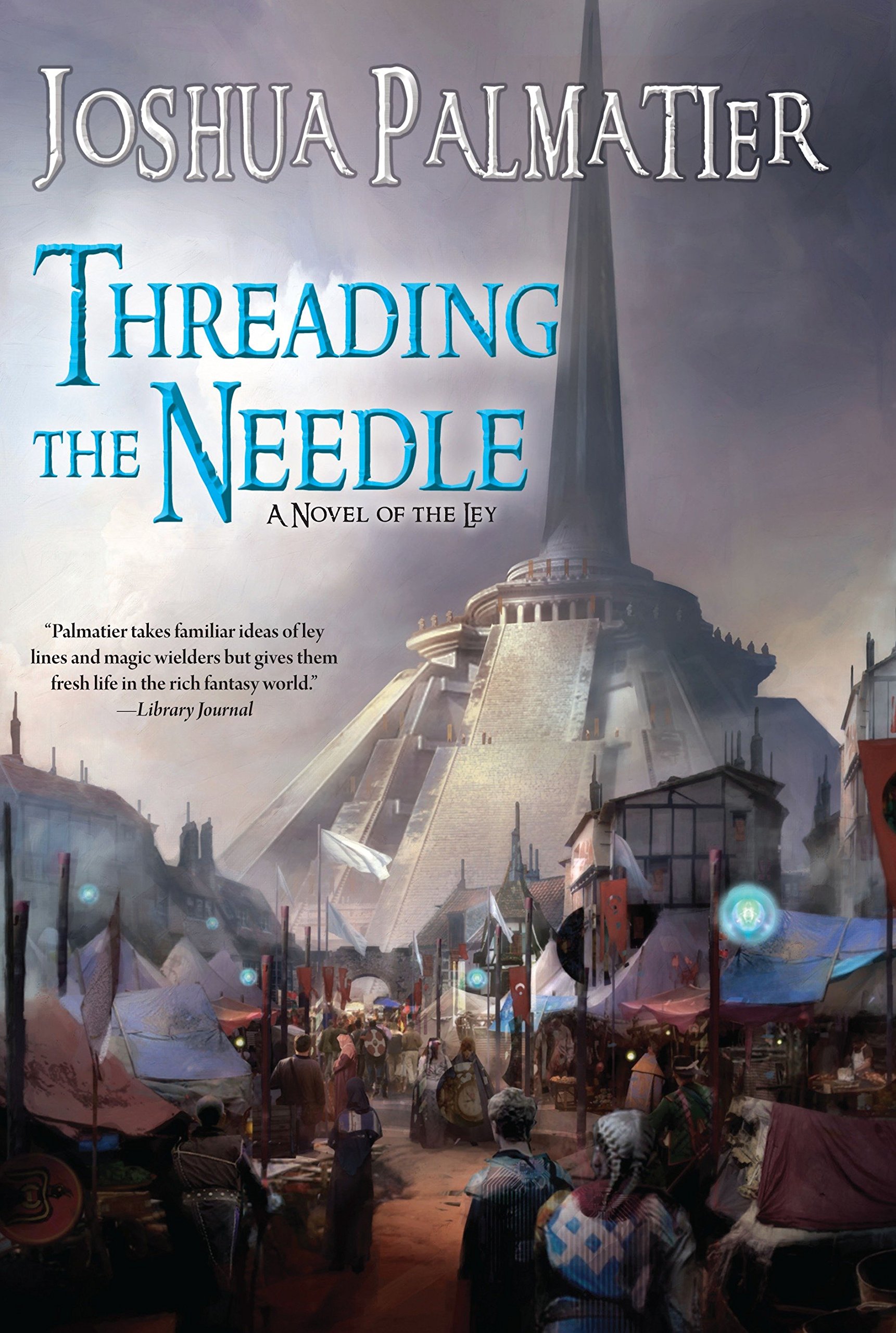 Number 10:
Number 10:
Threading the Needle by Joshua Palmatier –
“Second book in Joshua Palmatier’s epic fantasy trilogy, set in a sprawling city of light and magic fueled by a ley line network.”
These are thick, serious, epic Fantasy tomes, kids, with a somewhat Sci-Fi feel to them – neither of which is really my favored genre. However, Palmatier has a knack for drawing me in and making me forget that. Being such hearty books, Book 2 comes in at 487 pages, there are also a lot of characters which I sometimes had a hard time keeping track of. Josh does get a bit rambling in this series, which is why it didn’t make it higher on the list, but still a compelling series of story lines and characters to move those plots along just fine. Those who are into Fantasy will certainly enjoy this and the other two books – (I’m currently reading Book 3) – along with Palmatier’s other titles and trilogies.
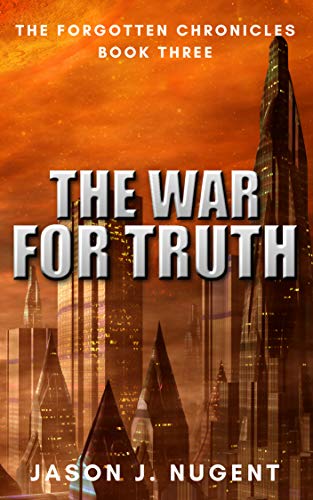 Number 9:
Number 9:
The War For Truth by Jason J. Nugent –
“The situation grows dire. Queen Anastasia orders the destruction of the Forgotten and turns her attention to the colonies. They must be forced into submission. Her reign depends on it.”
The final book in Jason’s YA The Forgotten Chronicles series wraps up the storyline perfectly. Again, another author who has really helped me to appreciate the Sci-Fi genre in ways I never imagined possible. Though there’s future tech, Jason keeps it simple enough so I don’t get lost in the jargon, and focuses on the characters, their relationships, and their trials and tribulations – as any good book should. This is a YA series, so it may not be for more hardcore readers of the genre, but for me, a novice, I truly enjoyed the ride Nugent took me on with these books.
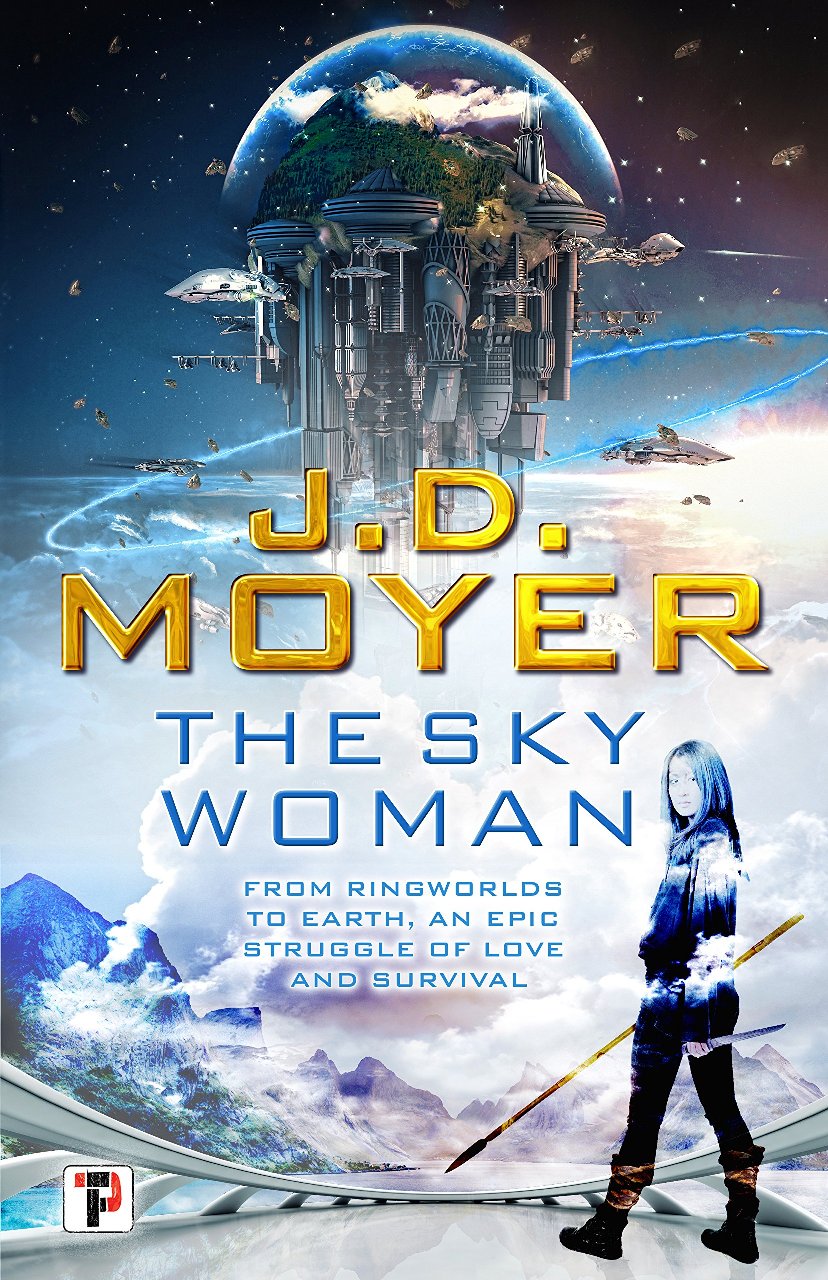 Number 8:
Number 8:
The Sky Woman by J.D. Moyer –
“Car-En, a ringstation anthropologist on her first Earth field assignment, observes a Viking-like village in the Harz mountains. As Car-En secretly observes the Happdal villagers, she begins to see them as more than research subjects (especially Esper, a handsome bowhunter).”
This will round up my 2018 foray into the Sci-Fi genre.
Another great, character driven read mingled with a touch of fantasy. I loved that there was a well-rounded, strong, female lead in this. She really carried the story through. I do have to admit that when it came to the more technological aspects of the book, I did a touch more skimming than I normally do, but I wanted to get back to what was happening on Future Earth! Very well written and the most enjoyable Sci-Fi book I read all year.
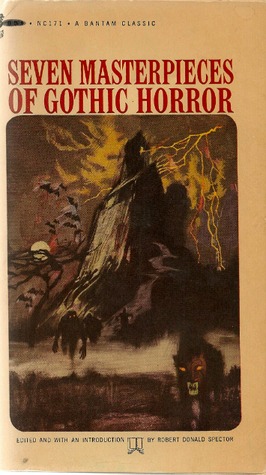 Number 7:
Number 7:
Seven Masterpieces of Gothic Horror : Clara Reeve, Matthew Lewis, Edgar Allan Poe, Nathaniel Hawthorne, Mary Shelley, Horace Walpole, and Sheridan Le Fanu. –
As a Horror writer, I think it’s important to know from where my preferred genre arose. I’ve been a fan of Poe, Stoker, and Collins for years, but hadn’t gone to the very beginning. Horace Walpole and Clara Reeve are considered the creators of Gothic Horror, publishing within twenty years of each other, Walpole in 1764 with The Castle of Otranto in 1764 and Reeve in 1778 with The Old English Baron (both included in this anthology). Some of the stories I was less than impressed with, while others really kept me engaged all the way through. I’d consider this essential reading for any fan of Gothic Horror.
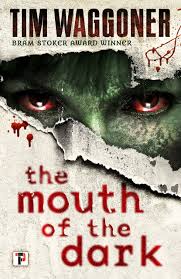 Number 6:
Number 6:
The Mouth of the Dark by Tim Waggoner –
“Jayce’s 20-year-old daughter, Emory, is missing, lost in a dark, dangerous realm called Shadow that exists alongside our own reality. An enigmatic woman named Nicola guides Jayce through this bizarre world, and together, they search for Emory, facing deadly dog-eaters, crazed killers, homicidal sex toys, and – worst of all – a monstrous being known as the Harvest Man.“
A desperate father’s search for his missing daughter takes him into a bizarre underworld that isn’t too far removed from our own. I loved this book. It’s dark, suspenseful and fast-paced, unique and delightfully original. This one was of those books I went to bed thinking about and woke up eager to dive back into.
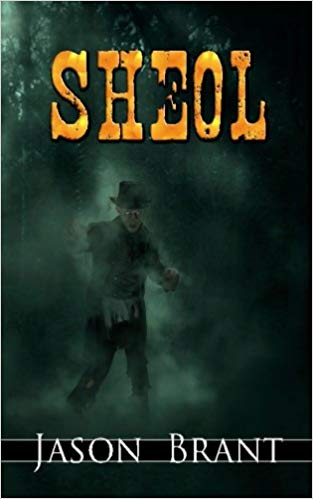 Number 5:
Number 5:
Sheol (West of Hell #3) by Jason Brant –
“After escaping the decimated town of Gehenna and the mighty Tartarus River, Karen finds herself trapped in a prison in the city of Sheol. Knowing that an army of the dead is marching across the desert behind her, Karen must find a way to escape the sadistic Evans, and rally the citizens of Sheol for one last stand against an enemy of biblical proportions.”
It’s the Wild West with all the usual dangers plus zombies. LOTS of zombies. I guess this was the year of trilogies for me as this is the final book in Jason’s West of Hell series. Very quick and enjoyable reads – along with a bit of humor tossed in to help lighten the flesh-eating mood. Looking forward to getting into another Brant series next year.
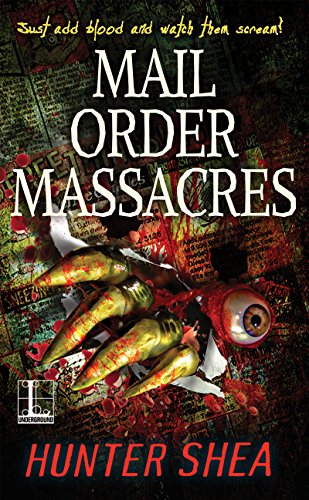 Number 4:
Number 4:
Mail Order Massacres by Hunter Shea –
“Sea monkeys. 3-D specs. Hypno-coins. Ant farms. Kryptonite rocks. Miniature submarines made from cardboard. All available for a buck or less from the back page of comic books. And we blew our weekly allowance on these rip-offs, only to be disappointed when they turned out to be total crap.”
These three short stories were a riot! Hunter is an ace at injecting humor into the most dreadful and horrific of scenarios. People of a certain age, who grew up reading comic books and longing for those novelty items advertised at the end, will find these especially fun. This book was my husband’s first foray into the demented world of Shea. Hunter twists those innocent days into living nightmares while laughing all the way to the often deadly end.
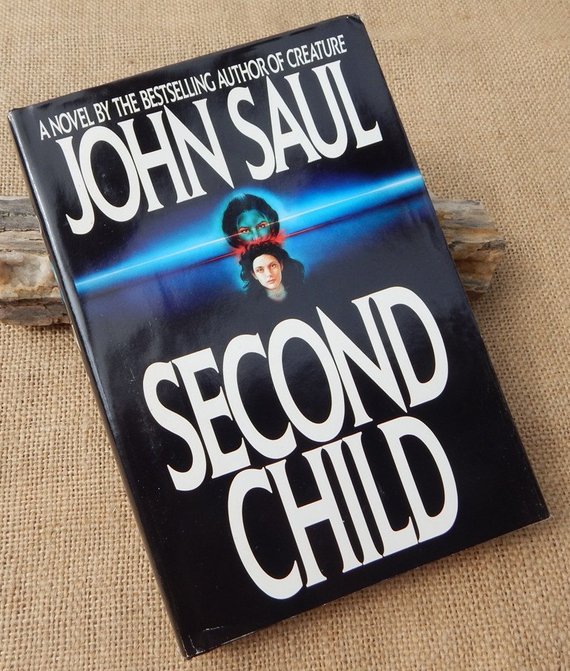 Number 3:
Number 3:
Second Child by John Saul –
“This lush, secluded Maine seaside resort is the summer playground of the super rich, but one hundred years ago, something disturbed their play. Horror came to this village. And though no one knows it yet, the horror has never left.”
I read quite a few John Saul books back in my teenage years and this is my second revisit to his writing this year. Though a bit disappointed in the first book, Second Child was a super compelling read. It’s really a YA book and not overly scary, but the weird behaviors of the characters and their circumstances kept my attention like few other books have done in 2018. Once I started, I just had to keep going. I had to know what was going on and how it would all end.
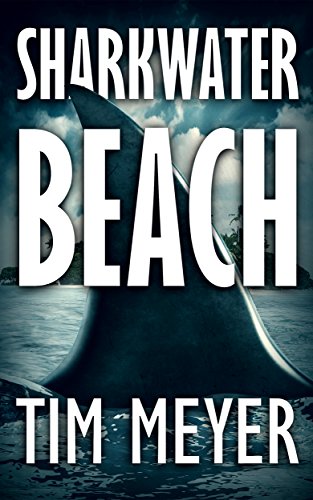 Number 2:
Number 2:
Sharkwater Beach by Tim Meyer –
“Beneath the warm waters of the Gulf of Mexico, the biggest predator on the planet hunts, craving the flesh and blood of every creature it can sink its teeth into.”
You may think you’re reading a book about killer sharks, you may be right – but you’re also very wrong. These are no ordinary ginormous, human-chomping creatures of the deep. Great, gory, sometimes humorous adventure awaits you if you decide to dive into this one. I don’t want to say too much as I don’t want to give the twist away but you’re in for a big surprise when you get to it.
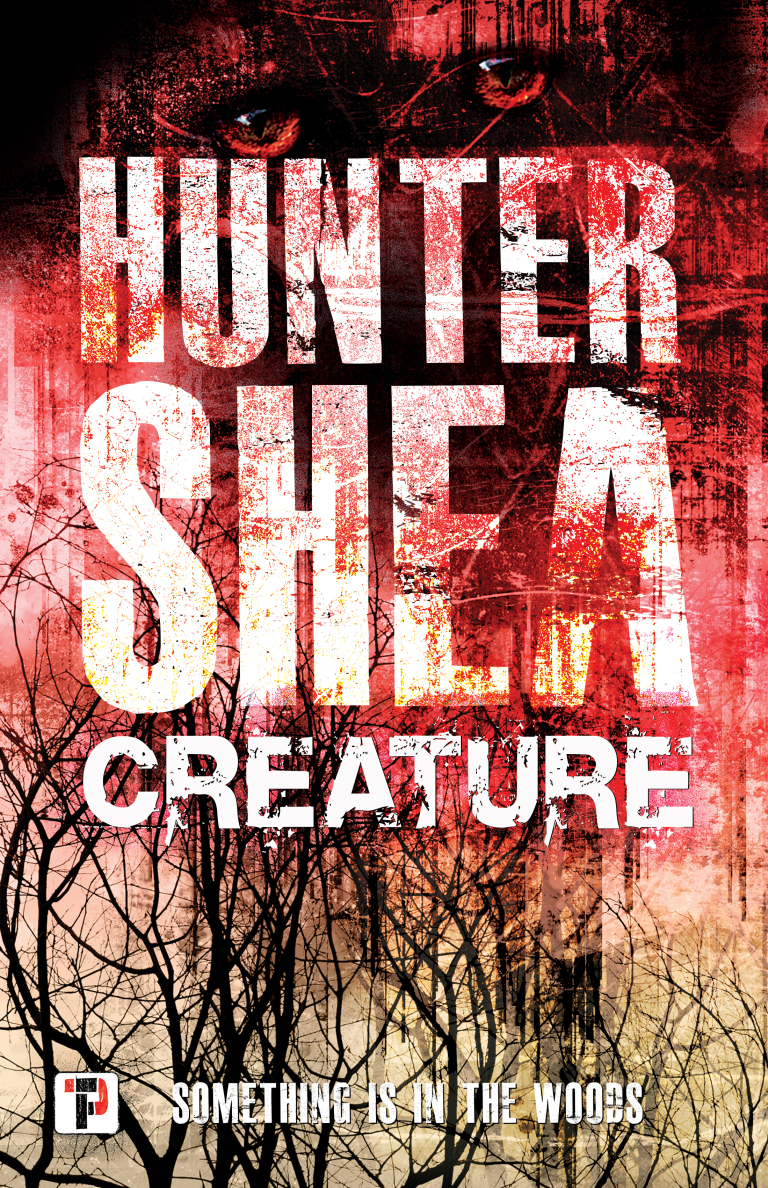 Number 1:
Number 1:
Creature by Hunter Shea –
“The monsters live inside of Kate Woodson. Chronic pain and a host of autoimmune diseases have robbed her of a normal, happy life. Her husband Andrew’s surprise of their dream Maine lake cottage for the summer is the gift of a lifetime. It’s beautiful, remote, idyllic, a place to heal. But they are not alone.”
Hunter has quickly risen to become one of my favorite modern-day Horror authors. I can’t say enough good things about his work. He tackles ghosts and demons along with a myriad of crytids that want nothing more than to rip out the throats of those who dare seek them out and hunt them down. “Creature” – though written with the same enthusiasm and excellence as Shea’s other books – is different. The story and characters brought me to tears at the end, literally. The usual Shea humor is held in check. This is serious and I was reeling when I got to the final pages while simultaneously reaching for a box of tissues. AMAZING book. I can’t recommend it and the author enough. READ IT! You’ll have zero regrets.
That wraps it up for this year. I’m already over 150 pages into another Joshua Palmatier novel and I see Jason Brant in the TBR pile for 2019 from here.
Hope you all have a wonderful Holiday season and that the new year fills your life with more good books than bad. Keep it Horror-able, folks!

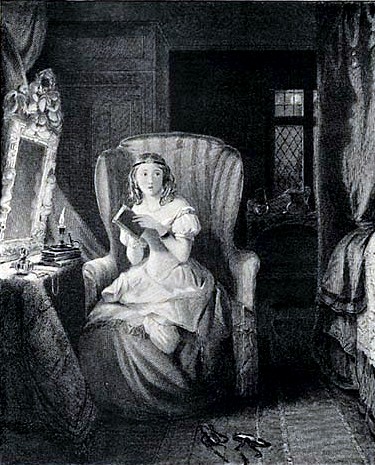
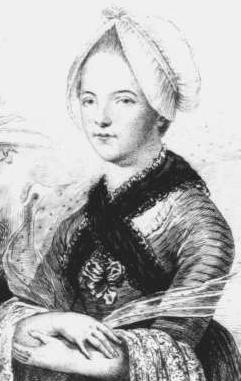 Clara Reeve was born in 1729 to Reverend William Reeve, M.A., rector of Freston and of Kreson in Suffolk, England and his wife, whose family were jewelers to King George I. Clara did not begin to write seriously until after the death of her father. Originally titled The Champion of Virtue, a Gothic Story, The Old English Baron was written in direct response, and perhaps even as a form of literary rivalry to Walpole’s 1764 novel. Very little is known about Clara’s personal life.
Clara Reeve was born in 1729 to Reverend William Reeve, M.A., rector of Freston and of Kreson in Suffolk, England and his wife, whose family were jewelers to King George I. Clara did not begin to write seriously until after the death of her father. Originally titled The Champion of Virtue, a Gothic Story, The Old English Baron was written in direct response, and perhaps even as a form of literary rivalry to Walpole’s 1764 novel. Very little is known about Clara’s personal life.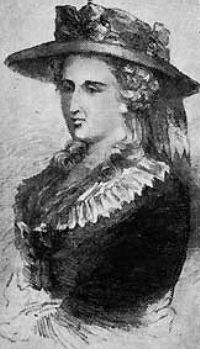 Ann (Ward) Radcliffe was born in London in 1764 to William and Ann (Oates) Ward. At twenty-three she married William Radcliffe who was a journalist and Oxford University graduate. As he often worked late and the couple was without children, Ann took up writing to help pass the many hours she spent alone. As with Reeve, Radcliffe left behind scant information about her private life outside her accomplishments as an author.
Ann (Ward) Radcliffe was born in London in 1764 to William and Ann (Oates) Ward. At twenty-three she married William Radcliffe who was a journalist and Oxford University graduate. As he often worked late and the couple was without children, Ann took up writing to help pass the many hours she spent alone. As with Reeve, Radcliffe left behind scant information about her private life outside her accomplishments as an author.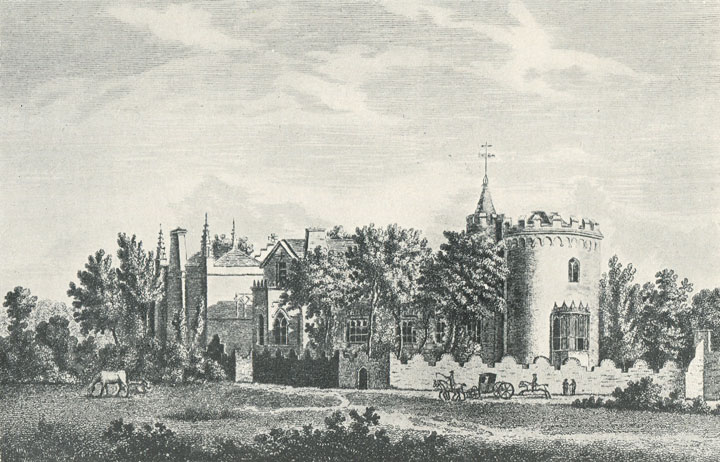
Recent Comments